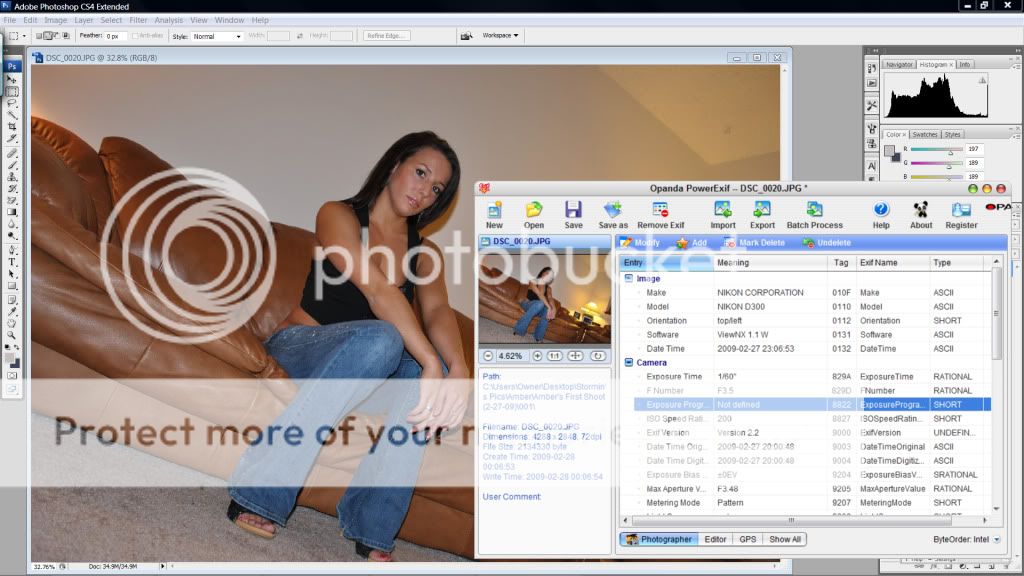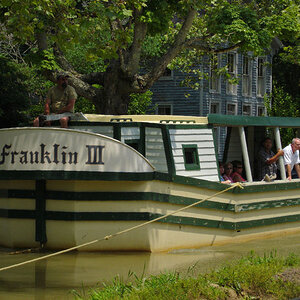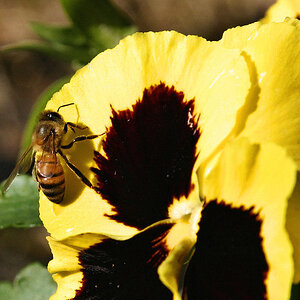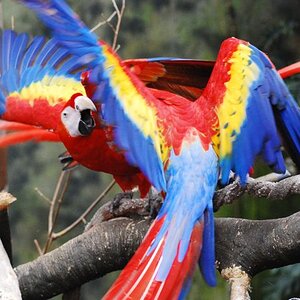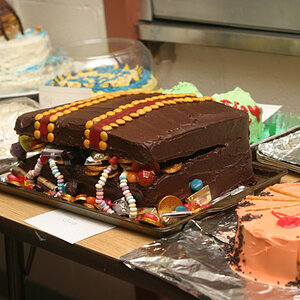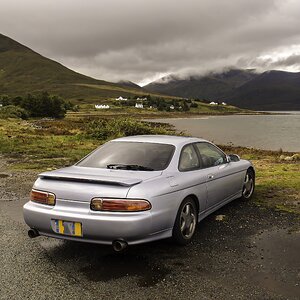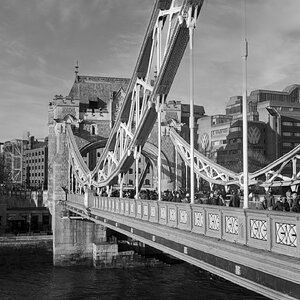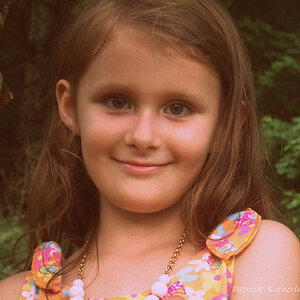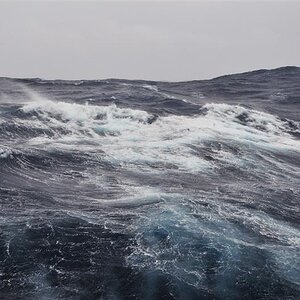wgp1987
TPF Noob!
- Joined
- Apr 23, 2009
- Messages
- 680
- Reaction score
- 4
- Location
- New Jersey
- Can others edit my Photos
- Photos NOT OK to edit
i have been learning d-photo for about 6 months now and i like to think i have a good eye and know all the functions of my cameras. i really want to shoot manual and i heard there is a formula for doing so? Anyone have any info on this?


